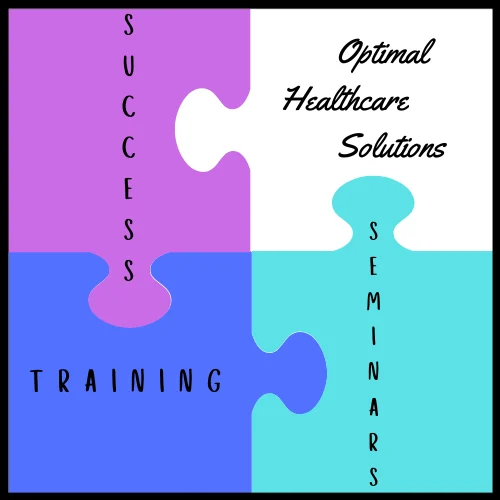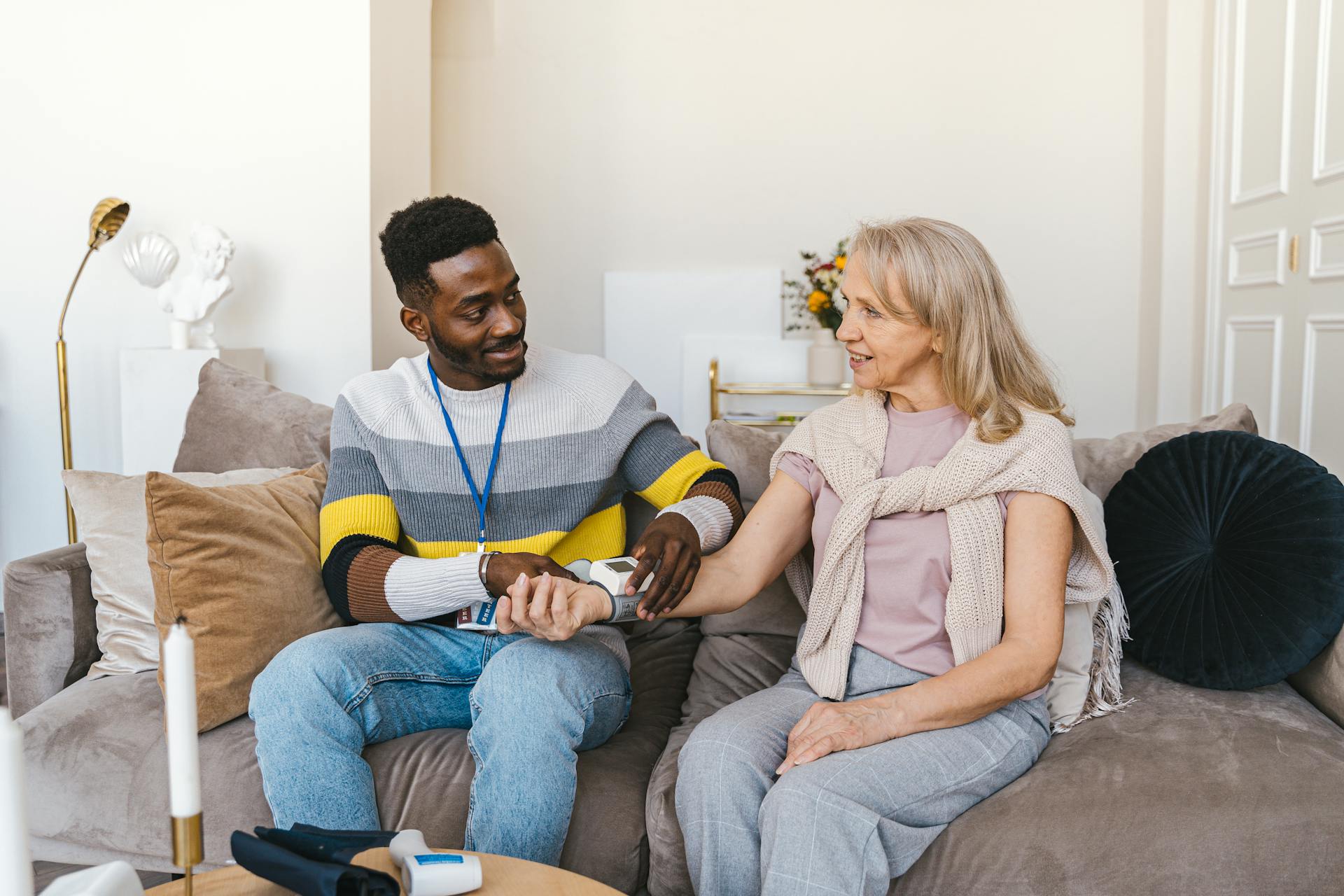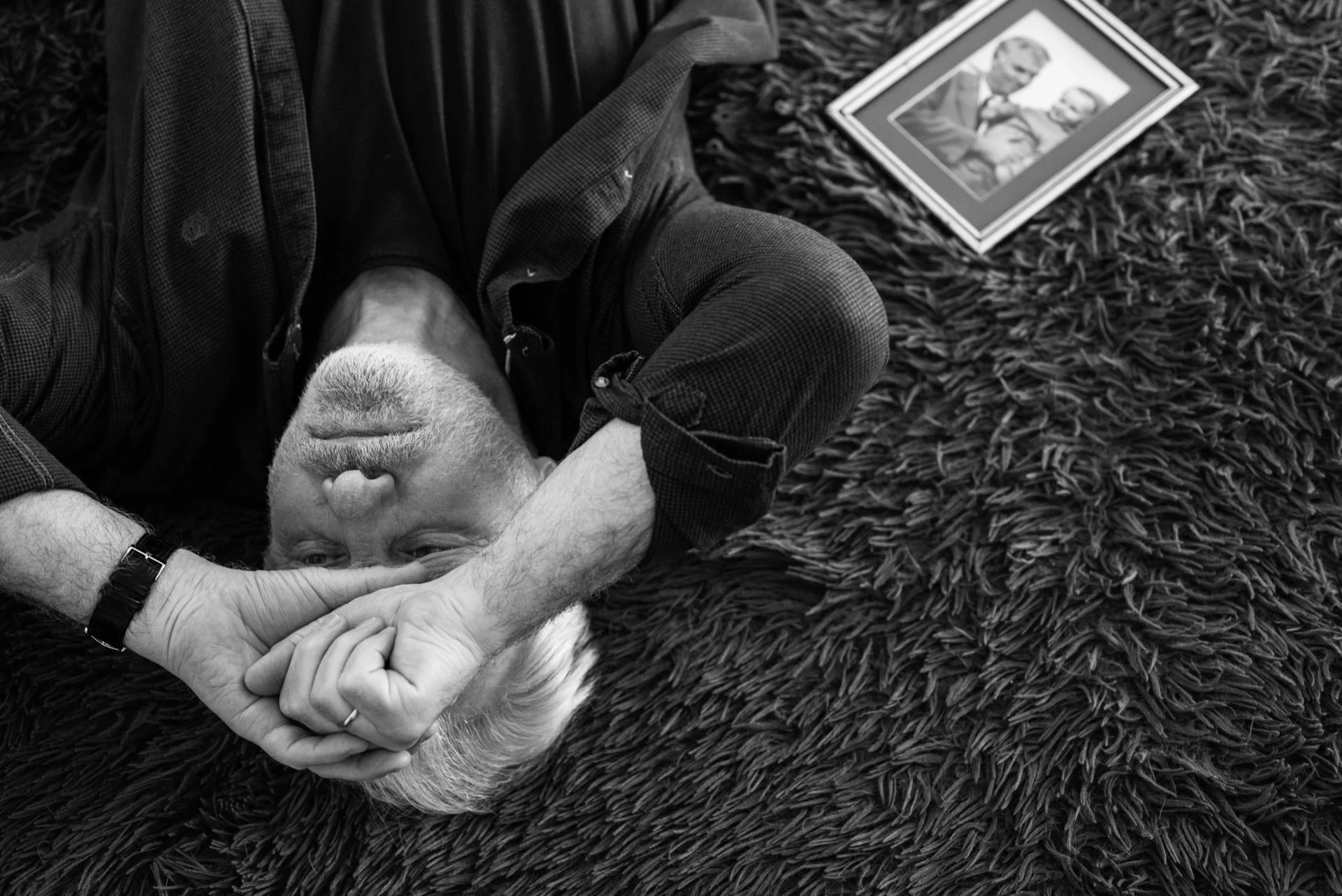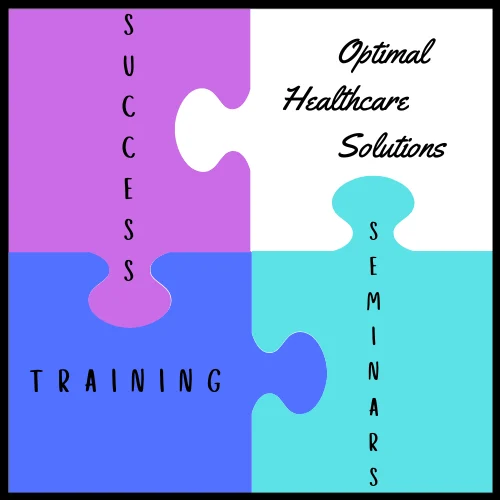Top 5 Safety Risks in Home Healthcare & How to Mitigate Them
Home healthcare provides invaluable support, allowing vulnerable people to receive care in the comfort and familiarity of their own residences. However, the unique nature of the home environment also presents specific safety challenges for both patients and the dedicated professionals who care for them. At Optimal Healthcare Solutions, we believe that proactive safety measures are paramount. Identifying and mitigating these risks is key to ensuring high-quality care and a secure working environment.
Here are the top 5 safety risks in home healthcare and actionable strategies to avoid them:
1. Patient Handling and Transfers: The Strain on Caregivers
The Risk: Improper lifting and transferring techniques are a leading cause of musculoskeletal injuries (back, shoulder, and neck strains) for home healthcare workers. The Occupational Safety and Health Administration (OSHA) notes that nursing assistants suffer more musculoskeletal injuries than workers in any other field
Why it’s a Concern: Unlike controlled hospital settings, homes may lack specialized lifting equipment, have cramped spaces, or uneven flooring. NIOSH research highlights that home healthcare workers face unique challenges due to the uncontrolled nature of the home environment.
How to Avoid It:
Thorough Assessment: Conduct a detailed assessment of the patient’s mobility, weight, and cognitive status, as well as the home environment.
Proper Training: Ensure all caregivers receive comprehensive training on correct body mechanics and lifting techniques. OSHA provides resources on safe patient handling programs.
Use Assistive Devices: Whenever possible, utilize appropriate assistive devices.
Team Lifting: For heavy or complex transfers, implement a two-person lift policy where feasible.
Clear the Path: Ensure the transfer area is free of clutter, rugs, or obstacles.
2. Medication Management Errors
The Risk: Errors in medication administration – such as wrong dosage, wrong medication, wrong time, or missed doses – can have serious consequences. The Agency for Healthcare Research and Quality (AHRQ) emphasizes that medication errors are a common patient safety issue.
Why it’s a Concern: Home healthcare patients often have complex medication regimens. The potential for errors can be heightened in the home setting without the immediate oversight systems present in hospitals.
How to Avoid It:
The “Rights” of Medication Administration: Strictly adhere to the “Rights” of Medication Administration (e.g., Right Patient, Right Drug, Right Dose, Right Route, Right Time).
Medication Reconciliation: Perform thorough medication reconciliation, especially during transitions of care, as recommended by AHRQ.
Clear Communication: Maintain clear and documented communication with all parties involved.
Patient & Family Education: Educate patients and their families about their medications.
Secure Storage: Advise on and ensure safe medication storage.
Proper Documentation: Accurately document every medication administered.
3. Infection Prevention and Control
The Risk: The spread of infections poses a significant threat to vulnerable patients and can also affect caregivers.
Why it’s a Concern: Home environments are not sterile. The Centers for Disease Control and Prevention (CDC) provides specific guidance for infection prevention in home healthcare settings, acknowledging these unique challenges.
How to Avoid It:
Hand Hygiene: Emphasize rigorous handwashing or the use of alcohol-based hand sanitizer. The CDC considers hand hygiene one of the most important ways to prevent the spread of infections.
Personal Protective Equipment (PPE): Use appropriate PPE based on the patient’s condition and task.
Standard Precautions: Apply standard precautions universally.
Safe Handling of Waste & Linens: Implement procedures for safe disposal and handling.
Caregiver Health: Encourage caregivers to stay home if they are sick and be up-to-date on vaccinations.
4. Slips, Trips, and Falls (for Patients and Caregivers)
The Risk: Falls are a major cause of injury for older adults and can also injure caregivers. The CDC highlights that falls are the leading cause of injury and injury death in adults aged 65 and older. Home health workers also experience a high rate of slip, trip, and fall injuries.
Why it’s a Concern: Common home hazards like poor lighting, loose rugs, and clutter increase fall risks.
How to Avoid It:
Environmental Assessment: Conduct a home safety assessment to identify and address fall hazards.
Appropriate Footwear: Advise on and use supportive, non-slip footwear.
Mobility Aids: Ensure correct use of mobility aids.
Clear Pathways: Keep walkways clear.
Patient Education: Educate patients and families about fall prevention.
5. Unsafe Home Environments & Hidden Hazards
The Risk: Beyond fall hazards, homes can present other safety issues such as poor air quality, pest infestations, or extreme temperatures.
Why it’s a Concern: Caregivers enter diverse environments. OSHA recognizes that home environments can contain various safety and health hazards, from unsanitary conditions to potential for violence.
How to Avoid It:
Initial and Ongoing Safety Scans: Train caregivers to perform quick safety scans.
Report Concerns: Establish clear protocols for reporting environmental safety concerns.
Emergency Preparedness: Ensure caregivers know the emergency plan for each client.
Communication with Client/Family: Discuss environmental concerns respectfully.
Agency Support: Agencies should have policies to address unsafe home environments.
A Proactive Approach to Safety is Key
At Optimal Healthcare Solutions, we understand that fostering a culture of safety is an ongoing commitment. By recognizing these common risks and diligently implementing preventative strategies, home healthcare agencies can significantly improve the well-being of both their patients and their valued caregiving staff. Regular training, open communication, and a proactive stance on hazard identification are crucial components of a successful safety program.
Is your agency looking to enhance its safety protocols or provide updated training for your team? Contact Optimal Healthcare Solutions today to learn how our manuals and training programs can help you build a safer environment for everyone!













